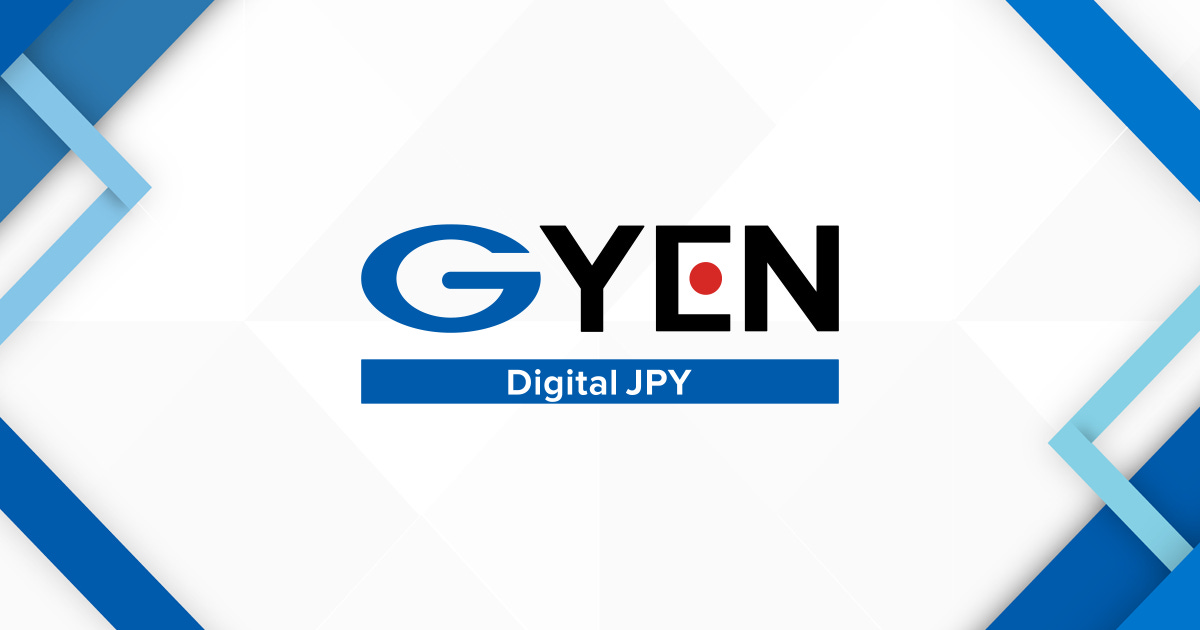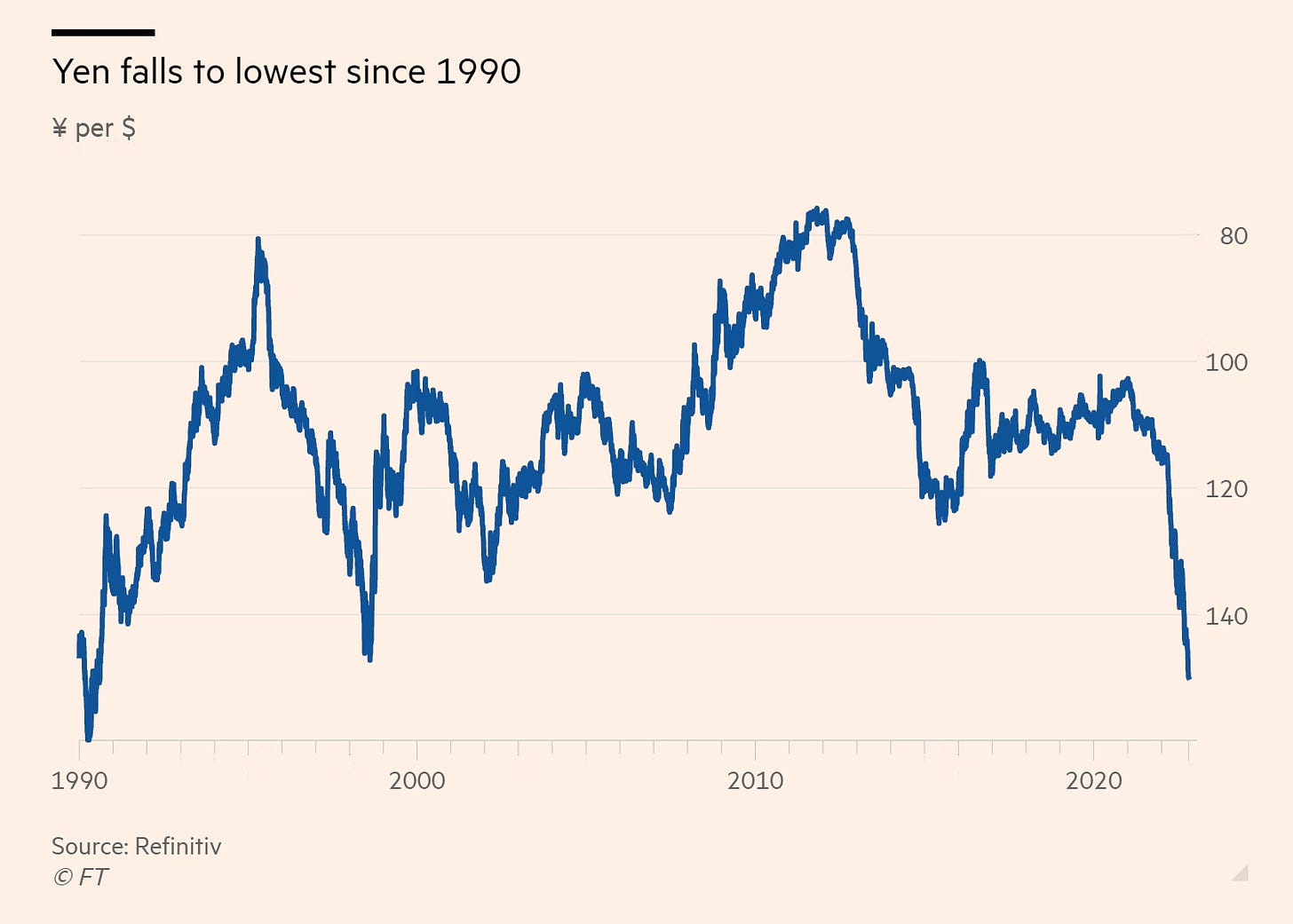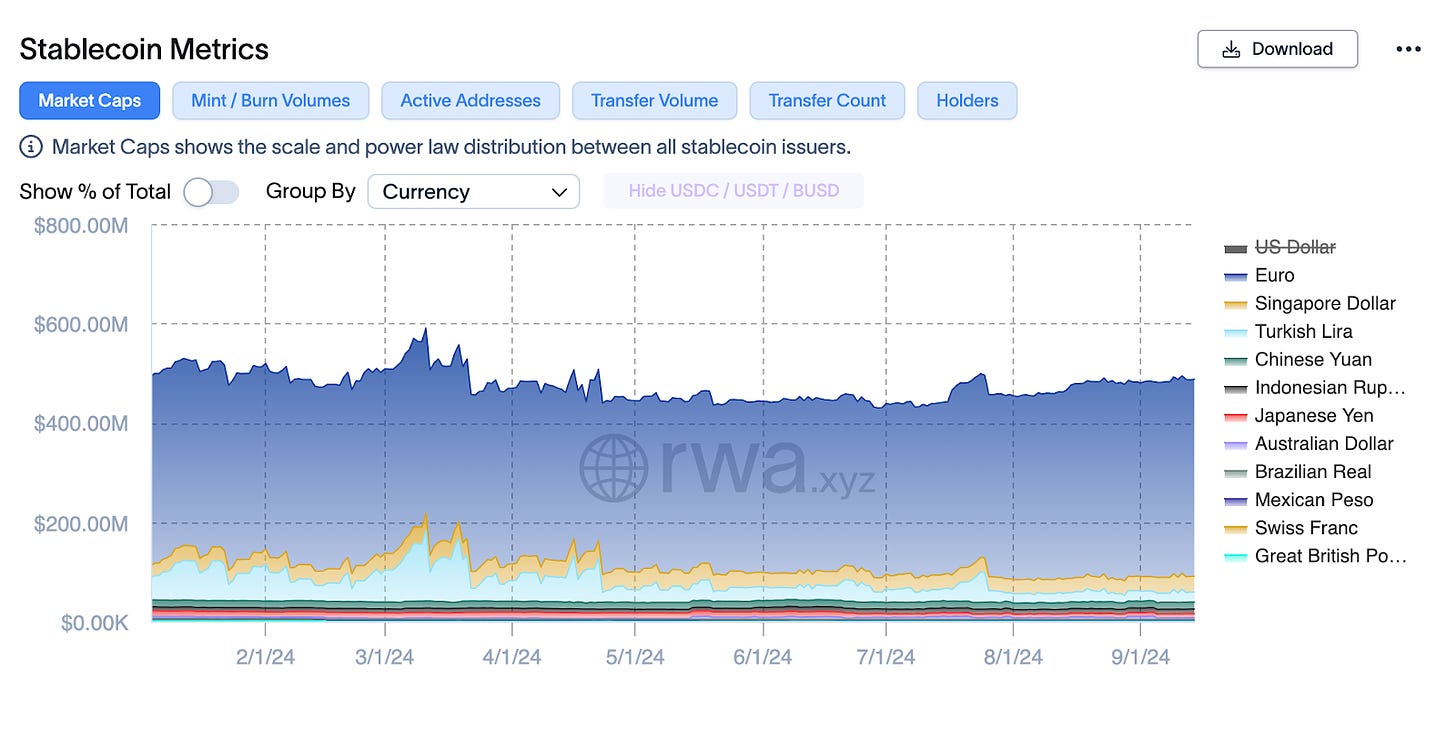Although the regulatory framework for stablecoins has been established for over a year, the yen's share in the stablecoin market remains small.
Author: Tiger Research Reports
Translation: Deep Tide TechFlow
Key Points Summary:
Japan has one of the most advanced stablecoin regulatory frameworks among major countries, thanks to government-led growth and friendly Web3 policies.
However, the application scenarios for stablecoins in Japan are limited. Currently, no stablecoin businesses have obtained EPISP registration, and no stablecoins are listed on local exchanges. This limits the use of stablecoins in the retail sector.
Nevertheless, the existence of the regulatory framework is significant as it provides greater certainty for businesses. It is foreseeable that large Japanese banks and companies (such as Sony) will participate in the stablecoin market.
1. Introduction
Japan's stablecoin market has achieved stability, largely due to the establishment of a clear regulatory framework. This growth has also been supported by government initiatives and the policy support of the ruling Liberal Democratic Party to accelerate the Web3 industry. Japan's proactive attitude contrasts sharply with the uncertain or restrictive positions taken by many other countries on stablecoins. Therefore, there is optimism about the future of the Japanese Web3 market. This report examines the regulation of stablecoins in Japan and explores the potential impact of stablecoins backed by the yen.
2. Japan's stablecoin market is expected to rapidly develop due to regulatory progress
In June 2022, Japan prepared to revise the Payment Services Act (PSA) to establish a regulatory framework for the issuance and brokerage of stablecoins. These revisions will take effect in June 2023. This marks the formal start of stablecoin issuance. The revised law provides a detailed definition of stablecoins, specifies the issuing entities, and lists the licenses required for stablecoin trading.
2.1. Definition of Stablecoins
According to Japan's revised Payment Services Act (PSA), stablecoins are classified as "Electronic Payment Instruments" (EPI), which means they can be used to pay for goods or services to unspecified multiple recipients.

Source: Tiger Research
However, not all stablecoins are classified as such. According to the revised Payment Services Act, Article 2, Paragraph 5, Item 1, only stablecoins that maintain their value based on fiat currency are recognized as electronic payment instruments. This means that stablecoins backed by cryptocurrencies (such as Bitcoin or Ethereum), such as MakerDAO's DAI, are not classified as electronic payment instruments under this law. This distinction is an important feature of Japan's regulatory framework.
2.2. Issuing Entities of Stablecoins
Japan's revised Payment Services Act (PSA) clearly defines which entities are authorized to issue stablecoins. Stablecoins can only be issued by three types of entities: 1) banks, 2) funds transfer service providers, 3) trust companies. Each type of entity may issue stablecoins with different characteristics. For example, they may differ in terms of maximum transfer amount and recipient restrictions.

Source: MUFG
Among these issuing entities, the most notable type may be trust-type stablecoins issued by trust companies. This is because they are expected to be most compatible with Japan's current regulatory environment and are very similar in characteristics to common stablecoins such as USDT and USDC.
Regulators in Japan have indicated that stablecoins issued by banks will be subject to certain restrictions. Banks are required to maintain the stability of the financial system under strict regulation, but stablecoins without permission are difficult to control and may conflict with this responsibility. Therefore, regulators emphasize that stablecoins issued by banks need to be carefully considered and may require further legislation.
Funds transfer service providers also face some restrictions. The transfer amount for each transaction is limited to 1 million yen, and it is currently unclear whether transfers can be made to recipients who have not undergone Know Your Customer (KYC) verification. Therefore, stablecoins issued by funds transfer service providers may require additional regulatory updates before this can be done. Given these conditions, the most likely form of stablecoin to emerge will be stablecoins issued by trust companies.
2.3. Licenses Related to Stablecoins
In Japan, entities engaging in stablecoin-related businesses must register as Electronic Payment Instrument Service Providers (EPISP) to obtain licenses related to stablecoins. This requirement was introduced in the revised Payment Services Act (PSA) in June 2023. Stablecoin-related businesses include activities such as purchasing, selling, exchanging, brokering, or representing stablecoins. For example, virtual asset exchanges that list and support stablecoin trading, or custodial wallet services that manage stablecoins on behalf of others, also need to register. In addition to registration, these businesses must also fulfill obligations related to user protection and anti-money laundering (AML) compliance.
3. Stablecoins Backed by the Yen
With Japan having established a sound regulatory framework for stablecoins, various projects are actively researching and experimenting with stablecoins backed by the yen. In the following sections, we will explore key stablecoin projects in Japan to better understand the current status and characteristics of the yen-backed stablecoin ecosystem.
3.1. JPYC: Prepaid Payment Instrument

Source: JPYC
JPYC is Japan's first digital asset issuer associated with the yen, established in January 2021. However, the current "JPYC" token is classified as a prepaid payment instrument rather than an electronic payment instrument under the revised Payment Services Act (PSA), which means it is not legally recognized as a stablecoin. Therefore, JPYC is more like a prepaid voucher with limited usage and application. Specifically, while it is possible to convert fiat currency into JPYC (recharge), it is not allowed to convert JPYC back into fiat currency (withdrawal), limiting its utility.
However, it is worth noting that JPYC is actively working to issue stablecoins that comply with the revised Payment Services Act (PSA). First, it plans to issue a stablecoin by obtaining a funds transfer license. Its goal is to expand its utility by exchanging with Tochika, a deposit-backed digital currency issued by Hokkoku Bank in Japan. Obtaining a funds transfer license will enable JPYC to legally transfer funds, thereby enhancing its competitiveness in the market.
JPYC is also preparing to register as an Electronic Payment Instrument Service Provider (EPISP) to conduct stablecoin business. In the long run, the company aims to issue and operate a trust-type stablecoin based on Progmat's Progmat Coin, which will enable it to support various commercial activities related to cash or bank deposits. In addition, integration with Circle Infrastructure, the issuer of USDC, is expected to expand its business, particularly providing significant advantages in cross-border payments.
3.2. Tochika: Deposit-Backed Digital Currency

Source: Hokkoku Bank
Tochika is Japan's first deposit-backed digital currency. It was launched by Hokkoku Bank, a local bank in Ishikawa Prefecture, in 2024. Tochika is supported by bank deposits and provides digital tokens to the bank's account holders as a deposit service. These digital tokens enable users to transact and manage funds more conveniently.
Users can easily use Tochika through the Tochika application, which was jointly developed by Hokkoku Bank and the city of Suzu. The process is straightforward: users register their bank accounts in the application, top up their Tochika balance, and can then use it as a payment method at participating merchants in Ishikawa Prefecture. After topping up, users can conveniently make purchases and payments.
Tochika stands out for its simplicity and attractive commission rate of 0.5% offered to merchants. However, it also has some limitations. Currently, it is only available within Ishikawa Prefecture, and only one free withdrawal of topped-up Tochika is allowed per month—subsequent withdrawals will incur a fee of 110 Tochika (equivalent to 110 yen). Additionally, Tochika operates on a licensed private blockchain developed by Digital Platformer, limiting its use within a closed ecosystem.
Looking ahead, Tochika plans to enhance and expand its services. These plans include connecting with deposit accounts from other financial institutions, expanding geographical coverage, and introducing person-to-person remittance functionality. Despite some current limitations, Tochika sets a good example for deposit-backed digital currencies. With its ongoing development efforts, the future potential of Tochika is undoubtedly worth watching.
3.3. GYEN: Offshore Stablecoin

Source: GMO Trust
GYEN is a yen-denominated stablecoin issued by GMO Trust, a subsidiary of the Japanese GMO Internet Group based in New York. The stablecoin is regulated by the New York State Department of Financial Services and is listed on the Greenlist, authorizing certain cryptocurrencies to be issued in New York. GYEN is the only yen stablecoin available for physical trading on cryptocurrency exchanges and is currently tradable on Coinbase.
GYEN is issued at a 1:1 ratio, pegged to the Japanese yen, and is therefore classified as a trust-type stablecoin. However, since GYEN is not issued by a trust company within the Japanese regulatory system, it cannot be distributed within Japan or to Japanese residents, limiting its domestic use. Nevertheless, Japanese regulators are discussing specific requirements and compliance measures for GYEN, as well as for stablecoins like USDC and USDT. It is worth noting that GYEN may potentially be incorporated into Japan's regulatory framework in the future.
4. Is the Stablecoin Business Really Feasible?
Despite the legalization of stablecoins having been in place for over a year, progress on various stablecoin projects in Japan remains limited. Unlicensed stablecoins like USDT or USDC are still scarce in the Japanese market. Currently, no company has completed the EPISP registration required to operate stablecoin-related businesses.
Furthermore, the regulatory requirement for stablecoin issuers to manage all reserves as demand deposits poses significant limitations on business operations. Demand deposits are typically unprofitable as they can be withdrawn at any time with minimal returns. Although Japanese banks recently raised interest rates from 0%, short-term rates are still low at 0.25%, which is lower than many other countries. This low interest rate may reduce the profitability of stablecoin businesses. Therefore, there is a growing demand in the market for more competitive stablecoins backed by different assets, such as Japanese government bonds.

Source: (Left image) Circle & Soneium, (Right image) DMM Crypto & Progmat
Nevertheless, the industry's expectations for the future remain high, as major Japanese financial institutions and corporate groups are actively engaging in stablecoin businesses. This includes the three major banks, such as Mitsubishi UFJ Bank (MUFG), Mizuho Bank, and Sumitomo Mitsui Banking Corporation (SMBC), as well as companies like Sony and DMM Group.
Amid these expectations, there is a growing call for regulatory authorities to reassess their policies. Despite the legal framework having been in place for some time, the lack of tangible results may lead to questions and concerns about its effectiveness. In this situation, observing how the Japanese stablecoin market evolves in the future will be interesting.
5. Conclusion

Source: Financial Times, Refinitiv
In recent years, Japan has been working to address the challenge of yen depreciation and has implemented various strategies to enhance the competitiveness of its currency. Stablecoins are part of this broader effort aimed at enhancing the scalability and competitiveness of the yen. The adoption of advanced stablecoins is expected to pave the way for a range of global use cases beyond domestic applications, including cross-border payments. This may enable Japan to expand its influence in the global financial market.

Source: rwa.xyz
However, despite the establishment of a regulatory framework for stablecoins for over a year, the yen's share in the stablecoin market remains small. Instances of stablecoins are still rare, and there are no companies that have completed EPISP registration for stablecoin-related businesses. The declining approval ratings of the Kishida Cabinet and the Liberal Democratic Party also make it difficult to push for strong Web3-related policies. Nevertheless, the establishment of the regulatory framework is an important step forward. While progress may be slow, the changes it brings are worth anticipating.
免责声明:本文章仅代表作者个人观点,不代表本平台的立场和观点。本文章仅供信息分享,不构成对任何人的任何投资建议。用户与作者之间的任何争议,与本平台无关。如网页中刊载的文章或图片涉及侵权,请提供相关的权利证明和身份证明发送邮件到support@aicoin.com,本平台相关工作人员将会进行核查。




